If there’s one thing I’ve learned in this industry over that past 20 years is that no matter how much I think I might know what new technology is coming around the corner, the fact is, there’s always a few surprises when new stuff actually is announced.
Last Thursday (November 3, 2011), there were three major announcements from industry players, in this order: Avid, Canon and RED. To my surprise, none of the announcements played out as I would have expected. This is neither good or bad, it just caught me off guard.
Avid in the morning — Media Composer 6
Avid started the day out with its “live” video stream of their Media Composer 6 announcement. Let’s get one thing out of the way first; the Media Composer 6 update by Avid release is huge. It’s awesome. It’s a home run. I’m extremely looking forward to upgrading. The biggest thing for me is AJA Kona 3 hardware support. The refresh to 64-bit is nice too, although it’ll be a short while for any plugins you have to upgrade to 64-bit as well.
Okay, so what was so surprising about Avid’s announcement? It wasn’t the Media Composer 6 update itself that was so weird, it was how Avid announced it. You had to pre-register on Avid’s website to watch the live feed of this announcement. So me, like many others, was expecting to see a live broadcast from a stage somewhere in the world showing off all the cool new features of Media Composer 6. Instead, it was a pre-recorded, edited soapbox snoozfest on boring marketing slop, which included testimonials of people that most people don’t even know.
To make matters worse, they never even showed the Media Composer 6 interface at all or any of its features. This was a huge failure by Avid. I think most viewers, myself included, felt as if we’d been had. Almost a bait-and-switch move where Avid had all of us glued to our computer screens, only to switch gears and tell us how awesome they are. Seriously Avid, you don’t need to “sell” us Media Composer 6… the software itself will sell us. All you had to do was show us live interactions with the new features, and everyone would have been tickled. What we saw instead was something that could have been uploaded to YouTube. But considering how boring and useless Avid’s video was, I guess they would have known everyone would have ended up watching singing cats instead.
The irony is, Avid ended up uploading video of the new MC6 features on their website. Why the hell didn’t they just do this from the get-go and call it a day? Urgh! Anyway, for in-depth coverage of the Media Composer 6 update, here are some useful links:
Avid’s own Media Composer 6 video examples
AJA’s hardware integration with Media Composer 6 on Vimeo
Walter Biscardi’s review of Media Composer 6 on Creative Cow
Michael Kammes’ review of Media Composer 6
Stu Maschwitz’s review of Media Composer 6
Shane Ross’ review of Media Composer 6
Canon in the day — C300 and Cinema Lenses
So we flew down to Hollywood for the big Canon event thanks to an invitation by my friend, Donald Berube (Boston FCPUG). Now let me first say that, unlike Avid, Canon pulled off a PR masterpiece. They literally couldn’t have done it better; right down to staging the event in Paramount studios. The main theater (full size, full projection) played short films created by well-known people in the industry that were shot exclusively using the new C300. For me, Vincent Laforet’s “Möbius”was the most engaging of the four short films. Another film, “Max is Back” by Richard Crudo, ASC was played back on a 35mm film print so you could really see how the film looked in true 35mm film playback. Each film also had its own dedicated behind-the-scenes film, which was really nice.
Canon had ALL the goods on display, even the newly announced camera rigged out from different manufacturers, including Redrock Micro, Letus and Zacuto, all of which could be picked up and handled (all cameras were fully functional). They had lens displays, a couple small stages for speaker presentations, technology stations, a ton of Canon people to answer questions, plenty of food and drinks and security up the ying-yang. In short, Canon pulled all the stops on this event and had to have cost millions.
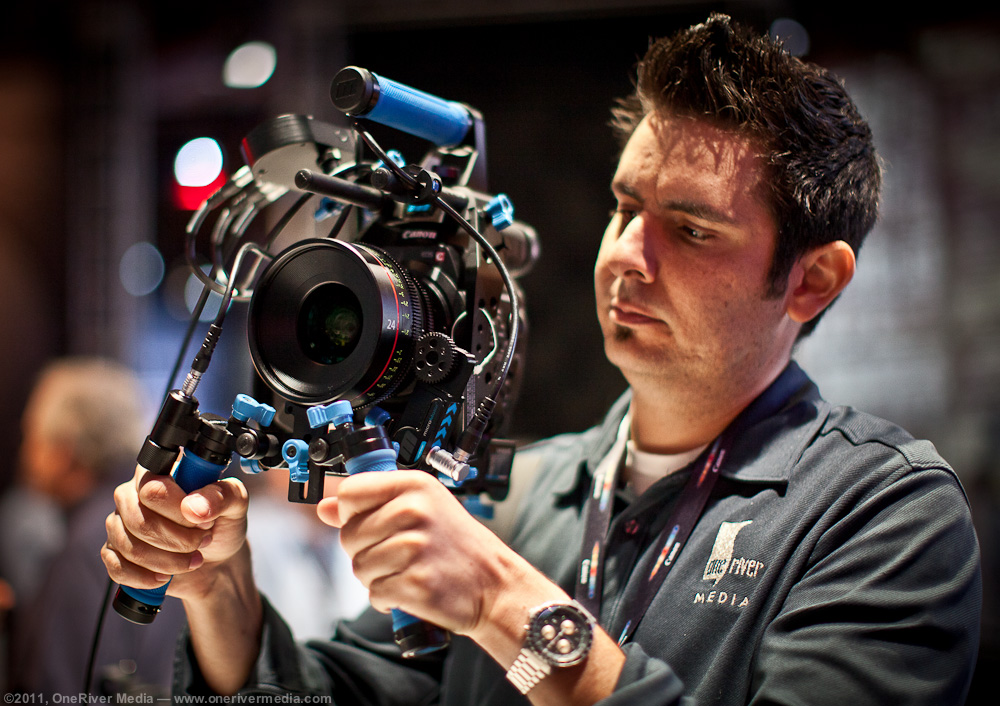
Marco Solorio gripping the new C300 with 24mm cine prime outfitted in Redrock Micro rigging hardware.
So what was the problem? The product itself. Yep, you read that right. So Canon’s flagship product to enter themselves into the cinematic production market is a camera that only records at 1080 HD resolution (wasted from a full 4K sensor), and if you want to over-crank for slo-mo effects, you have to resort down to 720 HD. Then there’s the fact that the camera will only record internally at 50 Mbps compression MPEG-2 at 8-bit quantization. A partial saving grace is that it does have “clean” HD-SDI and HDMI outputs (full 1080 HD output without overlays), but even those outputs are 8-bit. Forget about any dual-stream 4:4:4 options on this unit. This is a cinema camera? With an MSRP of around $20k USD for just the body? What are you thinking, Canon? Oh and did I mention that if you want to use PL-mount lenses, you have to use a completely different C300 body (the “C300 PL” to be exact). Canon didn’t design it so that a simple mount could be swapped between EF and PL mounts. What a shame.
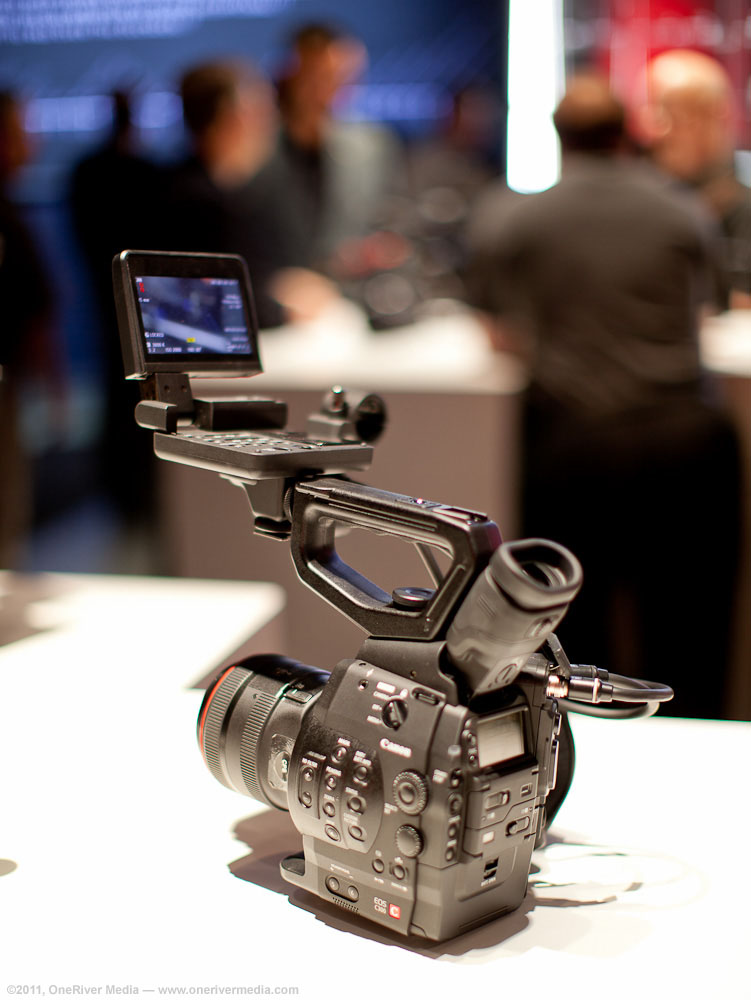
A non-rigged C300 in basic form, with a mounted 85mm f/1.2L lens. On a DSLR, this lens looks huge. On the C300, it looks miniscule.
Spec sheets aside, the image does look pretty good on the silver screen, although my impression was this: it basically had the look of a clean HDSLR image (and without the issues of aliasing and rolling shutter). That’s neither good nor bad, but I didn’t get the “wow factor” of Arri Alexa latitude gloriousness. From viewing from the silver screen, some shots were nice and sharp with great detail in fine hair elements, while some shots were quite soft. One shot burned into my memory was an external shot that was horribly soft, and almost degraded looking. I did notice that some other shots did have some clipping in the highlight detail. The 20k ISO rating is pretty impressive however, and the examples on the silver screen did seem to hold up. You saw the noise (or “grain” as Canon likes to say) but it did seem to have a slight organic look to it. Definitely wasn’t bad looking, so positive marks there.
Honestly, I see this as a $6000 or $7000 camera, max, but definitely not a $20k camera. I’m not really sure what market is going to buy this camera; surely not the Arri Alexa or Sony F65 market. It’s way too expensive for HDSLR shooters to buy and justify. And those that can afford RED, will, well, go with RED (more about that in the next section).
Canon also showed off three brand new cinema prime lenses, along with two previously announced cinema zoom lenses. These lenses are dressed to the nines. Man, are they beautiful. All lenses are fully geared, have large diameters, have long throws, and more. The primes (24mm T1.5, 50mm T1.3, 85mm T1.3) are set for an MSRP of $6800 USD each and the zooms (14.5-60mm T2.6, and 30-300mm T2.95-3.7) for an MSRP of $47k USD each. The primes are quite a bit more costly (about $2600) than the comparable Zeiss CP.2 cinema primes (comparable due to both manufacturers offering EF mounts, the only to do so for cinema lenses). The Canon primes are a bit faster than the Zeiss counterpart (T1.3 versus T2, respectively), so the added cost might be worth it for some. But here’s the kicker: The 30-300mm Canon cinema zoom is NOT constant aperture like other cinema zoom lenses in its class. It really makes me wonder why anyone would spend $47k on a Canon cinema zoom that is not constant aperture over a competing cinema zoom (Arri, Zeiss, Cooke, Panavision, etc.) that is constant aperture. To me, having constant aperture should be a requirement if labeling the lens as a cinema lens.
I’m a HUGE Canon fan. Been using Canon 35mm film SLR cameras and lenses since the late 1980’s, and my 5D Mark II professionally since the day I got it, and still running strong with it (for both still photo production and HD video production). But in a way, I’m pissed off at Canon. They have the technology and manufacturing to build a truly historic, competitive and amazing cinema camera, but they missed the mark. They had the whole world watching and pulled off an event in Hollywood that truly gave them the spotlight they wanted. All for a “cinema” camera that shoots 1080 HD resolution, with 8-bit MPEG-2 compression.
Surprisingly, Canon did announce a future DSLR camera they’re working on that will record 4K resolution, but why not now with the C300? It just doesn’t make any sense and left a lot of people scratching their heads. Canon did build a new website around their new cinema line though:
http://www.cinemaeos.usa.canon.com
RED in the evening — Scarlet X
So Avid announced a great product but did so in a horrible way. Canon announced a buzzkill of a product but did so in the best way I’ve ever seen done. So where does this leave RED? Interestingly enough, RED missed the mark as well, much akin to Avid’s mistake. The announcement of the Scarlet X itself is huge; now this is the camera that Canon should have made! It’s basically the same $40k RED EPIC camera, but with different frame-rate options and slightly more compression. And the kicker? It starts at $9750 for the body. But here’s where RED didn’t seize the moment: they should have capitalized on all the flock of invited attendees that went to the Canon event, and left their doors open for the weekend for people to come and see the new Scarlet X in person. I tried to hop over to RED to get an in-person demo on Friday evening, but my contact at RED had to fly back home. I know there would have been a ton of overflow people from the Canon event that would have seriously liked to see the Scarlet X and visual examples of it, had RED’s doors been open for this.
Okay, so PR aside, the Scarlet X is definitely a winner in my book. I’m looking forward to seeing some footage, although it probably wont look different than an EPIC for the most part since the sensor is the same. Units are supposed to be shipping by December 1st (yes, 2011). Unfortunately RED is known for their botched announcements, timelines, and price-points, but I think they might stick to their promises this time around. I’m tempted to put down my 10% on the Scarlet X, but I might just wait a little before I do, so I can see RED’s promises come to fruition. If they do, I think this is the next camera we’re going to invest in. Scarlet X info and specs here:
http://www.red.com/products/scarlet
In a nutshell:
– Avid’s update to Media Composer 6 is a winner. Too bad the announcement itself sucked. Regardless, we’ll upgrade to MC6 for sure.
– Canon’s Hollywood event was a fantastic gathering of product and people. Too bad the product itself was a buzzkill. No thanks on the C300. The cine primes might work for some. The cine zooms seem priced too high.
– RED’s new Scarlet X looks to be a grand slam. Too bad they didn’t have their own event for people to come check out product and footage. If all goes as RED claims, we’ll be buying one—our first investment with any RED product.
Share this post
Article © OneRiver Media, including applicable photographs. All rights reserved. Article and its contents shall not be copied or reprinted without the expressed written approval of OneRiver Media.
FCC Disclaimer - Links from this article might go to affiliate links to B&H and/or Amazon (not much different than the ads you see in YouTube ads, but more focused). Visiting these links (or buying products from the links) cost you nothing additional and may in turn help us pay for the cost of hosting these free articles we write. These articles take an enormous amount of time (in most cases, weeks and months) to research, draft, write, edit, rewrite, and shoot custom photography/video for. In no way do these affiliate links cover the cost of all of that, so any help these links can provide is a huge help to us to continue to offer free content to our readers.

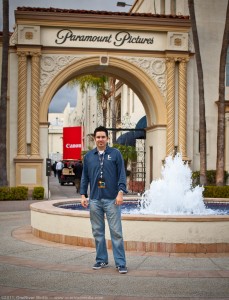
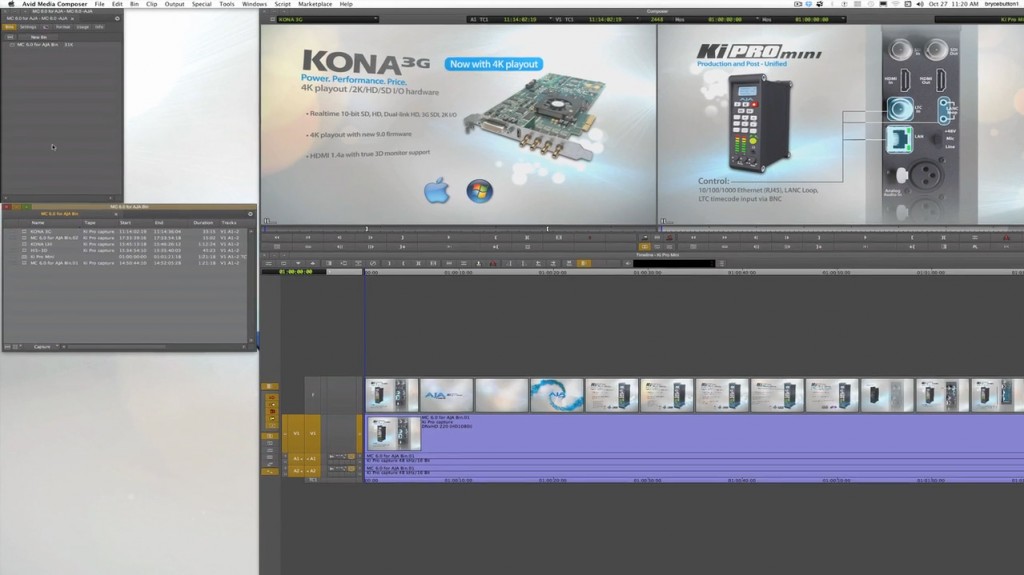
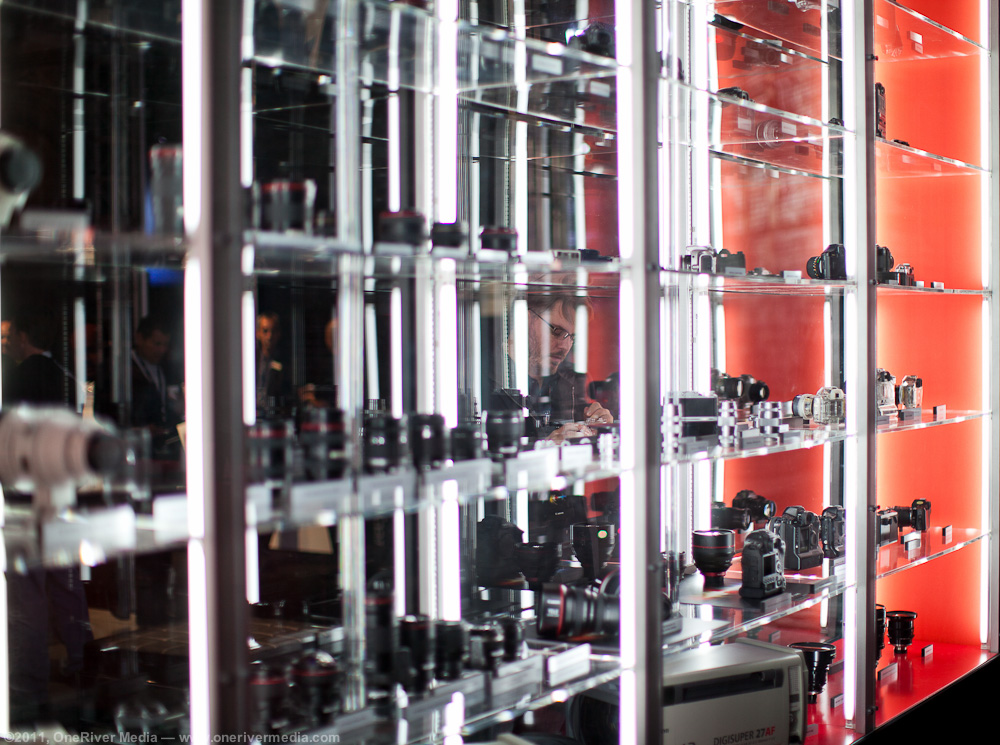
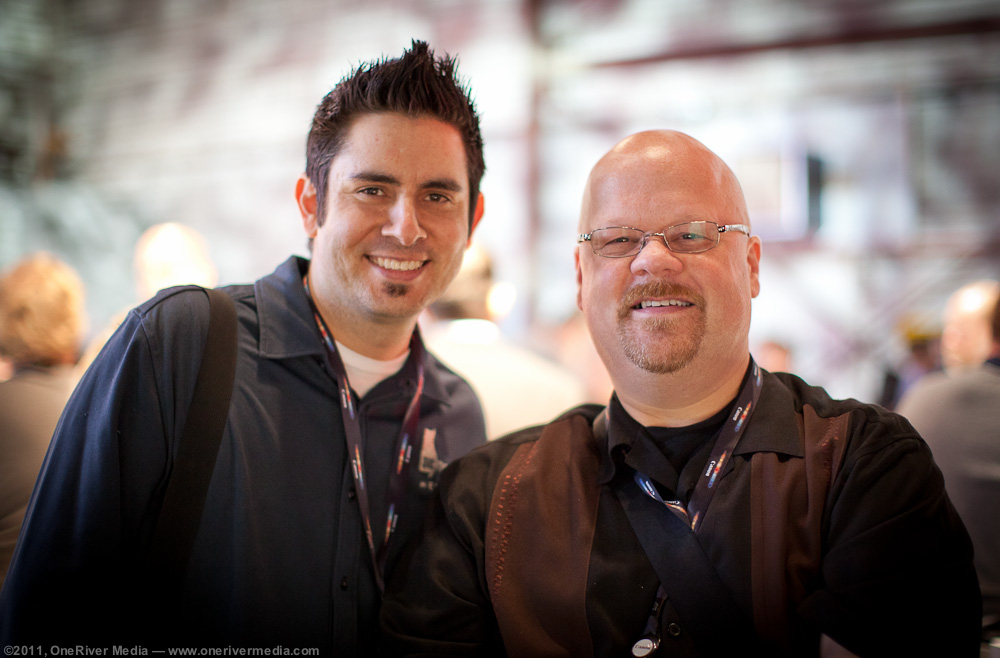
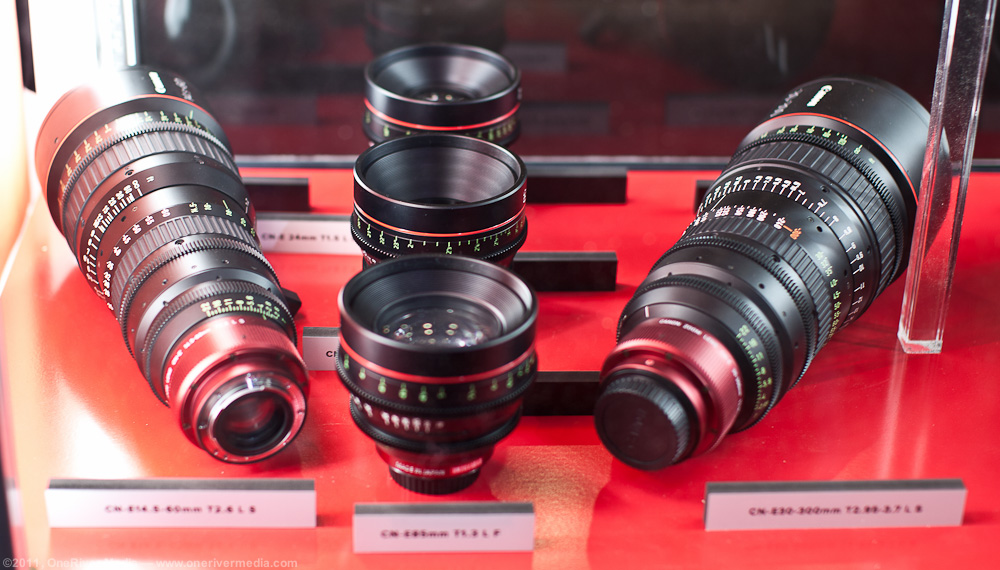
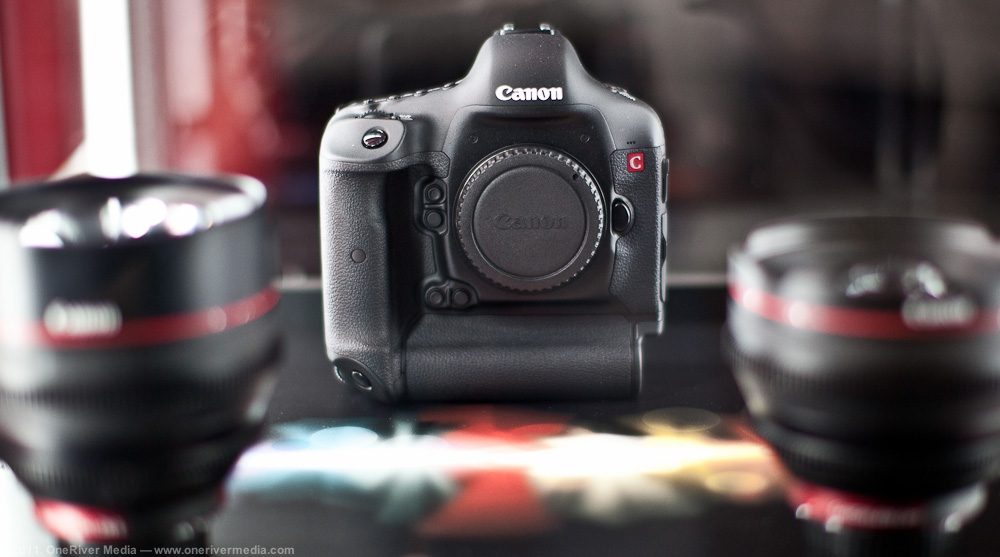
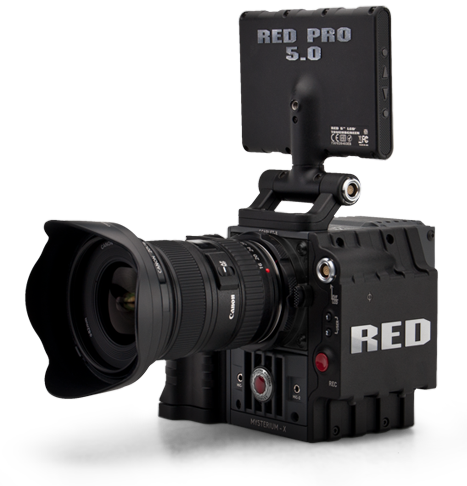
Comments 1
I am a big fan of canon and was also hoping for more from them. Looks like I will be investing in my first Red Camera also! Thanks for Posting this!